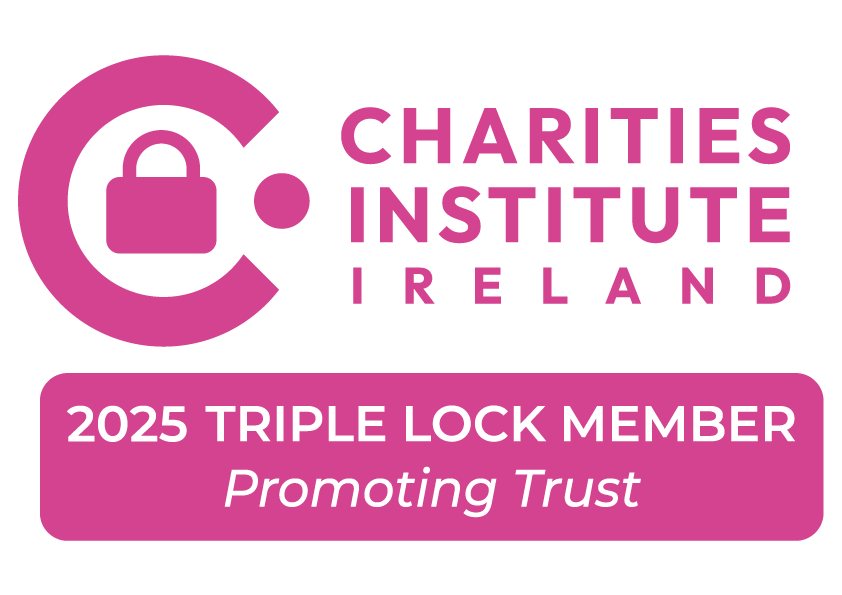How is Hodgkin lymphoma treated?

On this page:
The aim of treatment is to put the lymphoma into remission.

Remission
Remission means the lymphoma is no longer active and is under control. It has been reduced or is gone completely. A long-term remission can be either partial or complete.
- Complete remission: There are no visible signs of the lymphoma after treatment. The longer you are in complete remission, the less likely it is that the lymphoma will come back.
- Partial remission: The lymphoma has been reduced by at least a half but is not completely gone.
Types of treatment
Chemotherapy
Chemotherapy is the use of drugs to kill or control the cancer cells. Your treatment may involve a combination of different chemotherapy drugs, or sometimes it is given with other treatments such as steroids. You may have radiotherapy too. Chemotherapy may be given directly into a vein as an injection and/or through an intravenous infusion (by drip or pump). It may also be given in tablet form. Read more about chemotherapy.
Radiotherapy
Radiotherapy uses high-energy rays to destroy the cancer cells. It’s usually used for early stage lymphoma, sometimes along with chemotherapy. It’s most useful if the Hodgkin lymphoma is only in one part of the body. Read more about radiotherapy.
Steroids
Steroids can help some cancer drugs to work better. They can also help with side-effects, like feeling sick. Usually you will be given steroids for short periods with chemotherapy. Steroids can be administered into a vein (intravenously) or given as tablets.
Targeted therapies
Targeted therapies are drugs that target certain parts of cancer cells that make them different from other cells. In other words, they take advantage of differences between normal cells and cancer cells.
They may be used if the disease comes back after treatment or hasn’t responded to treatment. Monoclonal antibodies are the type most often used for Hodgkin lymphoma. An example is brentuximab, which is used to treat disease that is difficult to treat or that has come back (recurred).
High dose treatment with stem cell support (stem cell transplant)
For a small number of patients there is a risk of the cancer coming back despite treatment. Others may need more treatment if the first treatment has failed. In this case, high-dose chemotherapy may be given to kill off the lymphoma cells completely.
However, giving high-dose chemotherapy will also destroy all your healthy blood cells in your bone marrow. By collecting stem cells from your blood or bone marrow before the treatment and returning them to you after treatment, they can grow into new healthy blood cells to replace the ones that were destroyed. Read more about stem cell transplants.
What side-effects will I get?
The type of side-effects you get will depend on:
- The kind of treatment
- The dose
- How long treatment lasts
- Your own general health
Some treatments might make you less resistant to infection, feel sick (nausea), vomit or have diarrhoea. You might also lose your appetite or your hair. Many treatments cause you to feel very tired (fatigue). Read about the different treatments for more about their side-effects.
Most side-effects do not last long and disappear once treatment is over. The side-effects of a stem cell transplant can be more severe. Your doctor or nurse will discuss any possible side-effects with you before treatment begins.
For more information
Phone
1800 200 700



